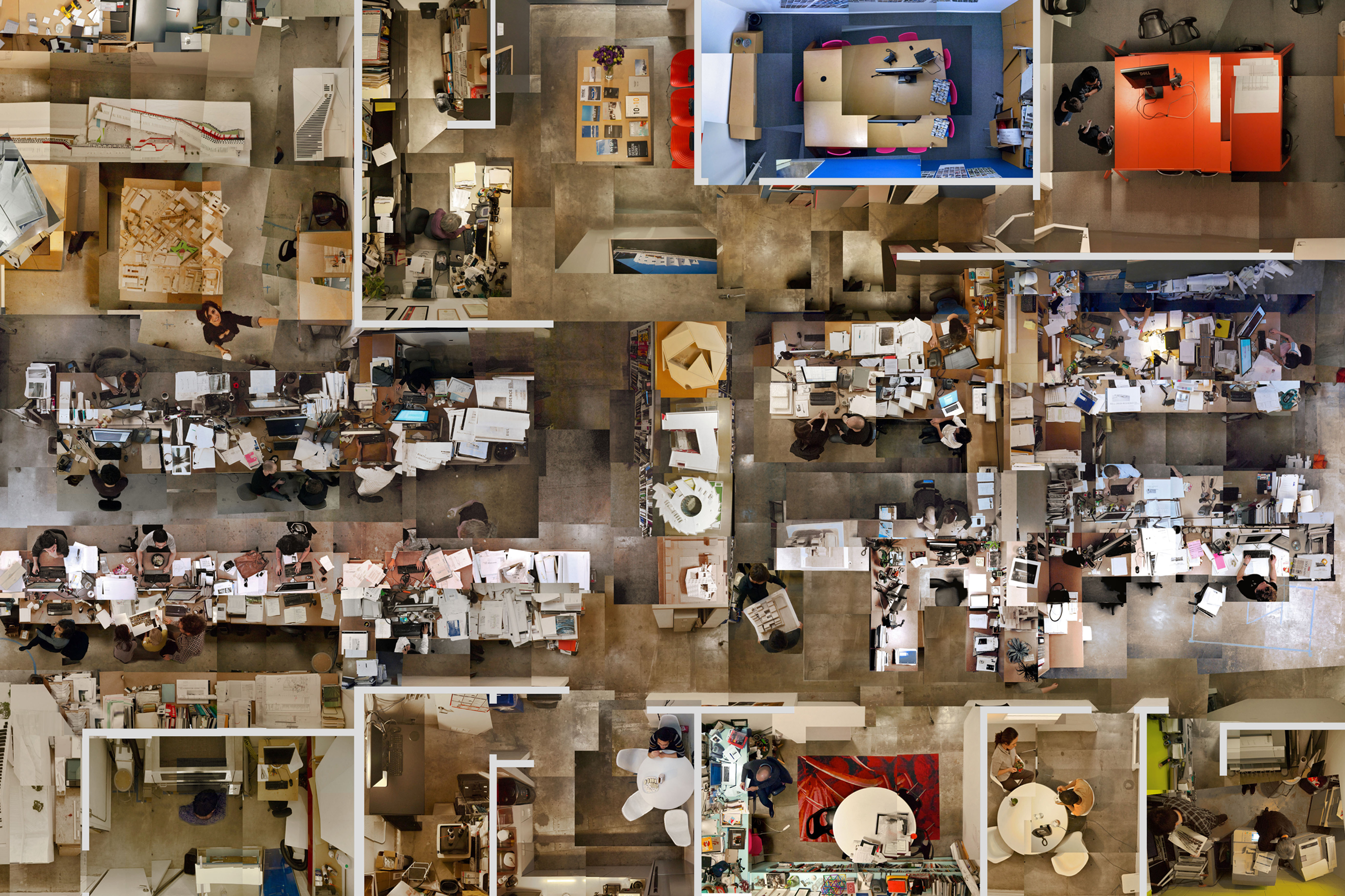WORLDS OF
HOMELESSNESS
The Berlin-based street journal Arts of the Working Class and the Goethe-Institut Los Angeles present the AOWC Special Edition Nr. 5 / Extrablatt WORLDS OF HOMELESSNESS. The special edition includes the work of the contributors to the Worlds of Homelessness project from around the world. Below, find Michael Maltzan’s contribution and a link to the full publication at the right.
I founded Michael Maltzan Architecture (MMA) in 1995, as an architecture and urban design practice that works globally across a wide range of typologies, from cultural institutions to city infrastructure. Fundamental to our work is the paradigm of housing. Often thought of as having its own forms of technical knowledge, particularities of building code, and economy, housing has historically been one of the most expansive archetypes within the field, witnessing progress that goes well beyond technical and functional challenges. Housing manifests a complexity of architectural ideas, touching on social, economic, political, aesthetic, and urban questions. We are dedicated to exploring how these ideas around housing reinforce the rest of the practice’s work and how that work, in turn, fuels the thinking around housing. Housing is not a separate set of ideas, instead an integral part of a much larger whole. The typology is a deeply integrated and influential part of our practice.
Some of the firm’s most acclaimed work includes both small and large housing projects that embrace innovation in design, program, and construction, to create inspiring homes regardless of a resident’s socio-economic status. Fundamental to the design approach is the recognition that the planning and design of affordable housing has a profound impact on the social, cultural, political, and economic landscape of our cities. Successful housing must be engaging, innovative, and inspiring if it is to nurture residents and cultivate community. It can support individual and collective experiences in our communities regardless of the size of the development, neighborhood, or city. Architecture can, at its very best, create innovative, human-centered, uplifting spaces that are true foundations for people’s lives.
In 2003 MMA began working on multi-unit housing projects in Los Angeles with the Skid Row Housing Trust, a non-profit housing developer focused on providing housing for homeless individuals. Three of those award-winning projects are New Carver Apartments (97 units), Star Apartments (102 units), and Crest Apartments (64 units). These are Permanent Supportive Housing (PSH) models that include vital social infrastructure for the inhabitants. Each building is oriented toward a particular homeless population. New Carver Apartments is for elderly homeless; Star Apartments is for people with chronic physical and mental disabilities; Crest Apartments is for formerly homeless veterans. Each community requires a complex set of services. Being out on the street in search of supportive services has led to high levels of recidivism and instability. Moving services, doctors, and caseworkers into the housing creates a greater likelihood of building stable lives for the residents. Consequently, each of these projects takes on greater programmatic complexity, effectively becoming a community within the city – the kind of community that its inhabitants have lacked for much of their lives

